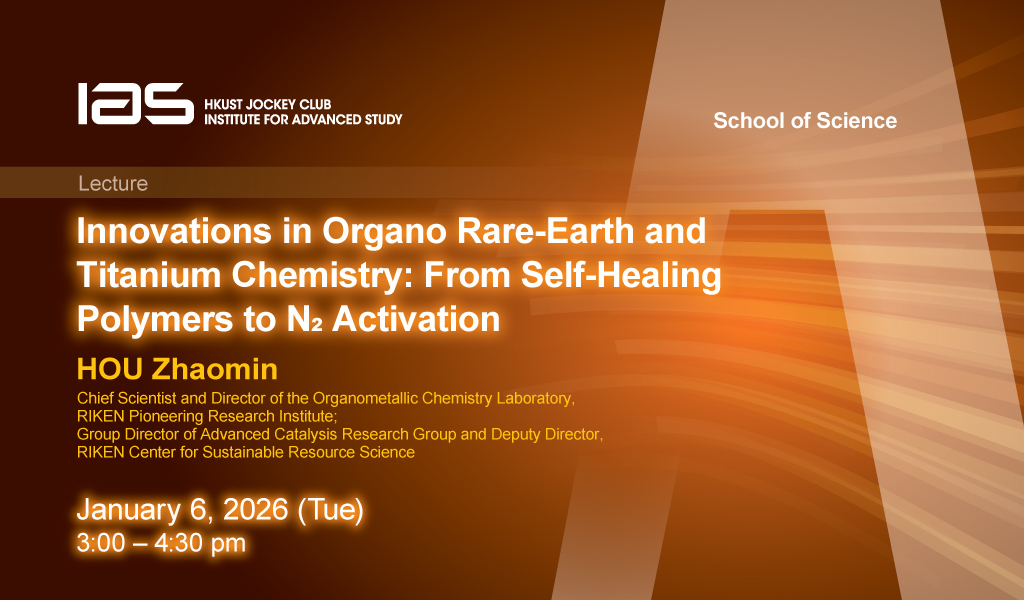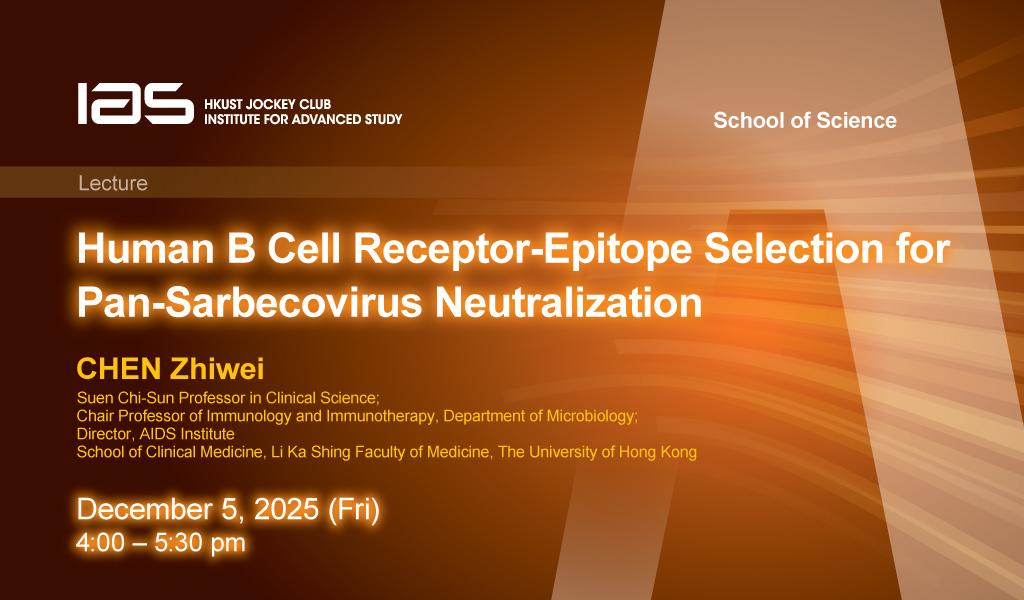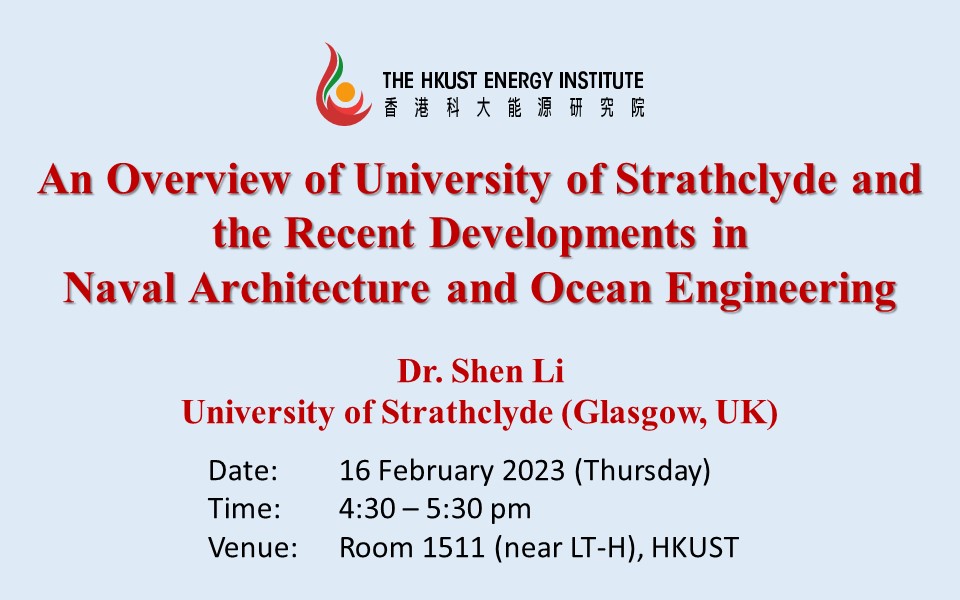
Founded in 1796, University of Strathclyde (Glasgow) has now become one of the leading technological universities globally. With a mission to be a place for useful learning, Strathclyde is endeavour to research, teach and be of benefit to society by reaching outside the University to make the world better-educated, sustainable, prosperous, healthy, fair and secure. In this presentation, an overview of the University of Strathclyde will be provided to introduce its teaching programs and research activities with a view to stimulating potential collaboration in the future. A particular emphasis will be given to the recent research and developments in naval architecture and ocean engineering, in which Strathclyde and the NAOME department have been the world leader since 1881. Key research and knowledge exchange projects in areas of ocean energy (e.g., very large floating structures for offshore renewable) and maritime transport (e.g., health monitoring & digital twin for ship hull structures) will be shared, and an outlook to the future developments will be discussed.

Department of Naval Architecture, Ocean and Marine Engineering University of Strathclyde (Glasgow, UK)


